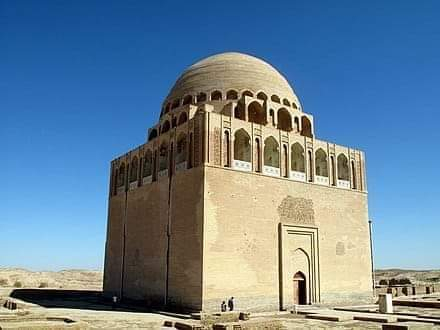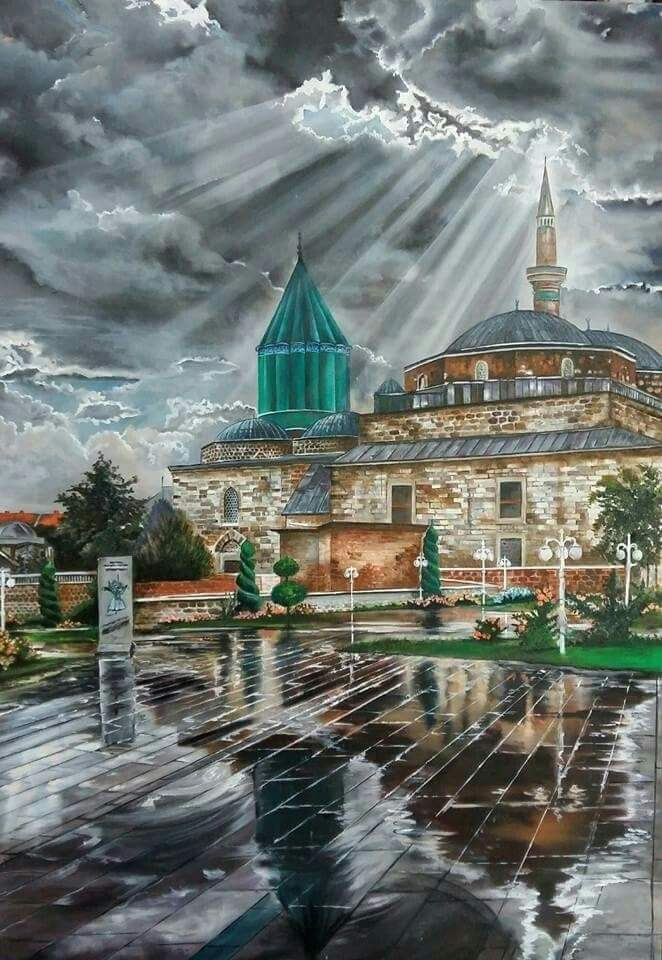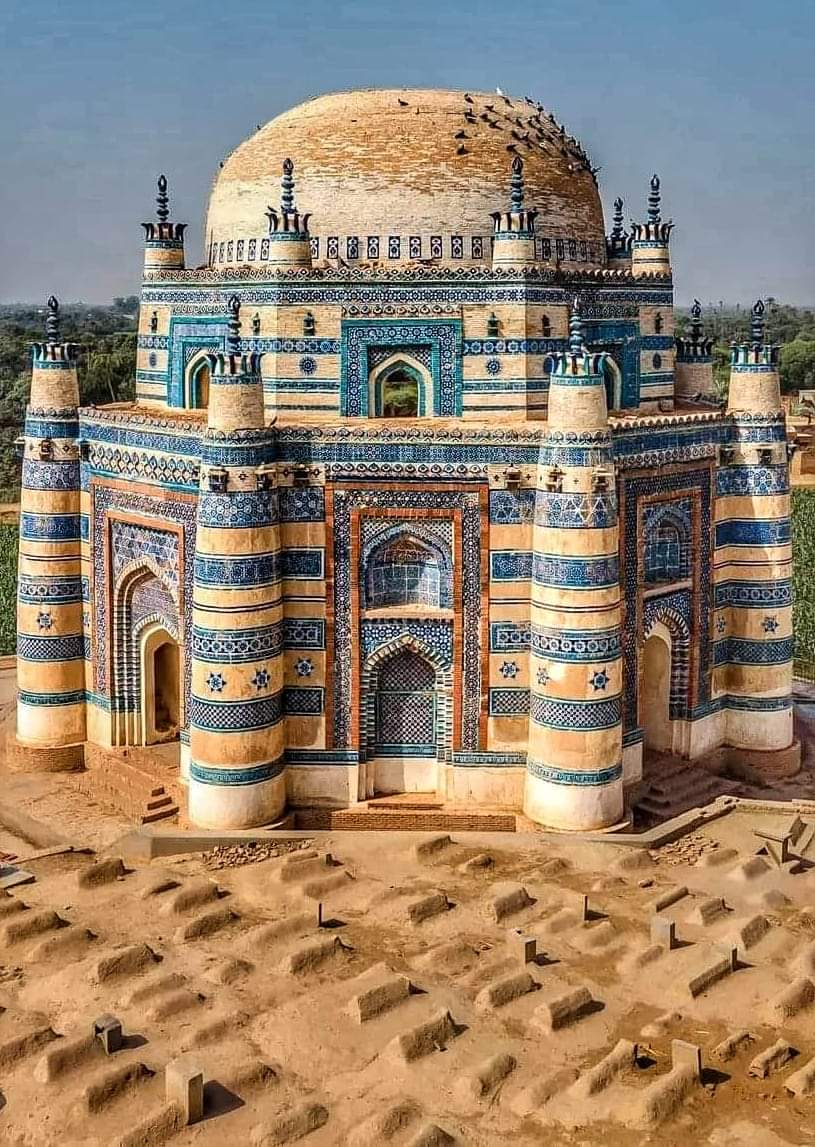KUŞ EVİ 01
III. Mustafa Türbesi Kuş Evi, simetrik biçimi, kemerli pencere açıklıkları ve ince taş işçiliği ile dikkat çekiyor.
Kuş evleri, tarihi yapılarda taş işçiliğinin en zarif yansımalarından biri olarak karşımıza çıkıyor. Camii, saray, türbe, medrese, han ve hamam gibi yapıların dış duvarlarında, adeta birer minyatür sanat eseri olarak yer alıyorlar.
Bu küçük mimari harikalar, serçe, kumru, saka, kırlangıç gibi kuşların yuva yapması ve soğuktan korunması için adeta bir yaşam alanı olarak tasarlanıyorlar. Her bir kuş evi, ince detayları ve estetik yapısıyla Osmanlı'nın sanat ve estetik anlayışını yansıtıyor. Büyüklük ve detay zenginliğine bağlı olarak "kuş sarayı", "kuş köşkü" veya "kuş evi" olarak adlandırılıyorlar.
Kaynak ve görseller: @mirasfatih
-
The Bird House of Sultan Mustafa III's Tomb stands out with its symmetrical form, arched window openings, and exquisite stone craftsmanship.
Bird houses in historical buildings emerge as one of the most delicate reflections of stone craftsmanship. They adorn the external walls of mosques, palaces, tombs, madrasahs, inns, and baths, almost as miniature masterpieces of art.
These architectural marvels are designed as living spaces, particularly for birds like sparrows, doves, finches, and swallows, offering them shelter and protection from the cold. Each bird house reflects the Ottoman Empire's appreciation for art and aesthetics in its intricate details and design. Depending on their size and intricacy, they are referred to as "bird palaces", "bird mansions", or "bird houses".
Sources and visuals: @mirasfatih
#arkitekt #osmanlı #kuşevi #laleli #fatih #kuşevleri #lalelicami #lalelicamiiKUŞ EVİ 01
III. Mustafa Türbesi Kuş Evi, simetrik biçimi, kemerli pencere açıklıkları ve ince taş işçiliği ile dikkat çekiyor.
Kuş evleri, tarihi yapılarda taş işçiliğinin en zarif yansımalarından biri olarak karşımıza çıkıyor. Camii, saray, türbe, medrese, han ve hamam gibi yapıların dış duvarlarında, adeta birer minyatür sanat eseri olarak yer alıyorlar.
Bu küçük mimari harikalar, serçe, kumru, saka, kırlangıç gibi kuşların yuva yapması ve soğuktan korunması için adeta bir yaşam alanı olarak tasarlanıyorlar. Her bir kuş evi, ince detayları ve estetik yapısıyla Osmanlı'nın sanat ve estetik anlayışını yansıtıyor. Büyüklük ve detay zenginliğine bağlı olarak "kuş sarayı", "kuş köşkü" veya "kuş evi" olarak adlandırılıyorlar.
Kaynak ve görseller: @mirasfatih
-
The Bird House of Sultan Mustafa III's Tomb stands out with its symmetrical form, arched window openings, and exquisite stone craftsmanship.
Bird houses in historical buildings emerge as one of the most delicate reflections of stone craftsmanship. They adorn the external walls of mosques, palaces, tombs, madrasahs, inns, and baths, almost as miniature masterpieces of art.
These architectural marvels are designed as living spaces, particularly for birds like sparrows, doves, finches, and swallows, offering them shelter and protection from the cold. Each bird house reflects the Ottoman Empire's appreciation for art and aesthetics in its intricate details and design. Depending on their size and intricacy, they are referred to as "bird palaces", "bird mansions", or "bird houses".
Sources and visuals: @mirasfatih
#arkitekt #osmanlı #kuşevi #laleli #fatih #kuşevleri #lalelicami #lalelicamii







